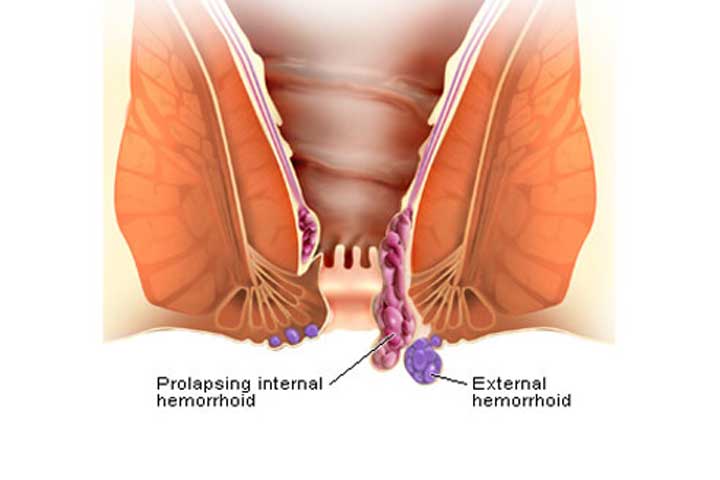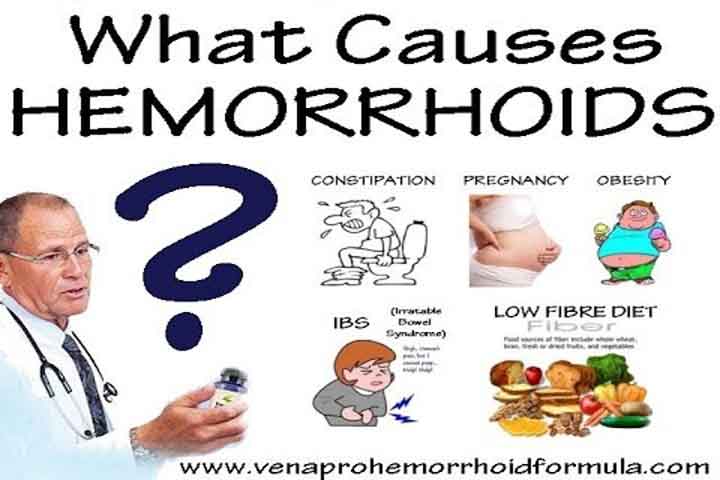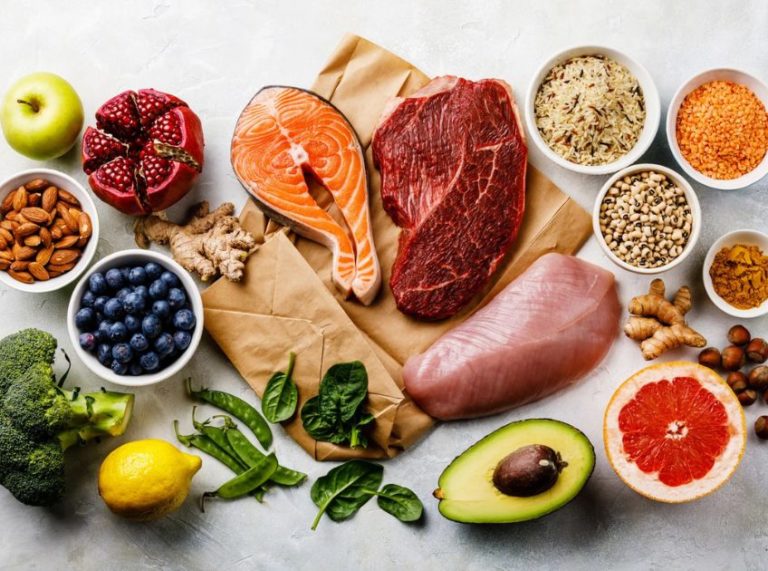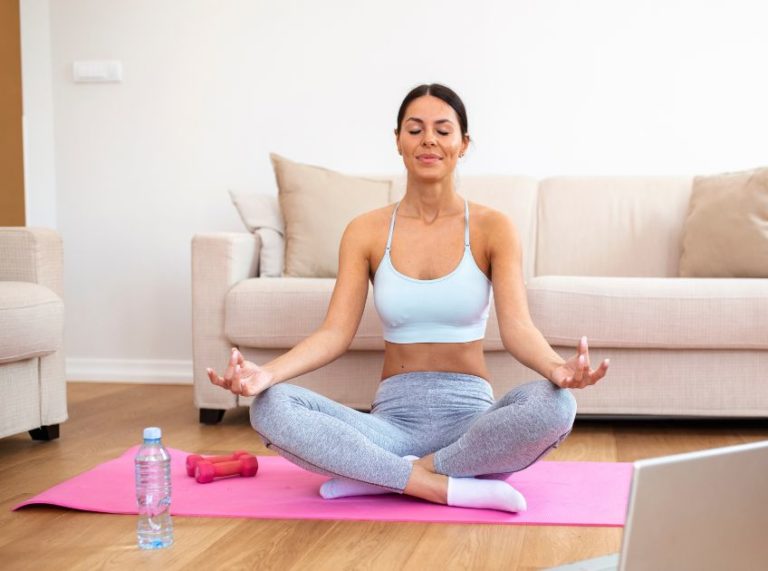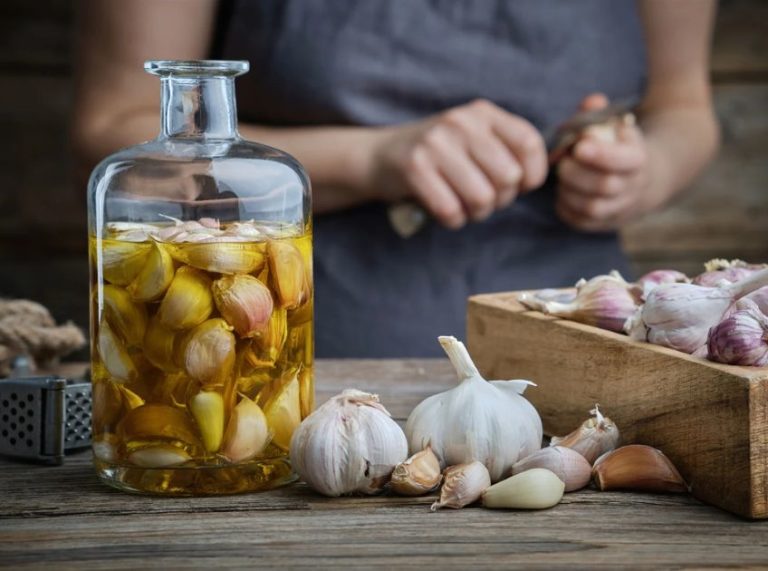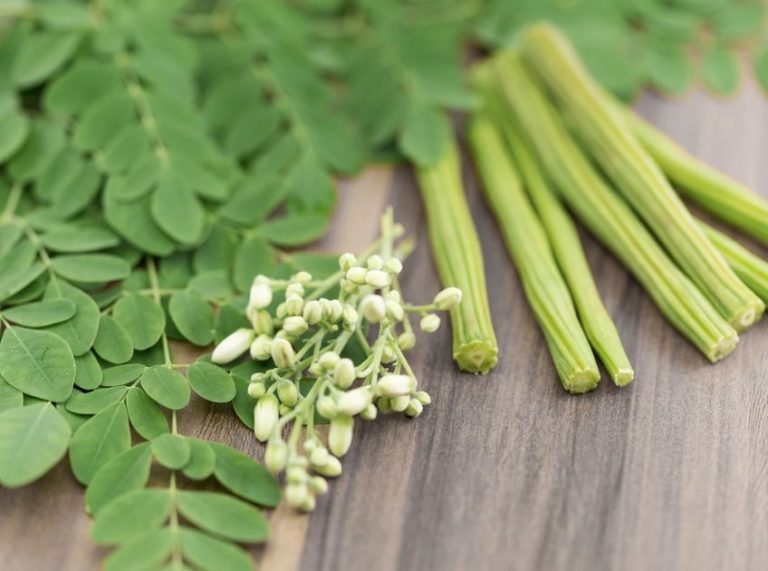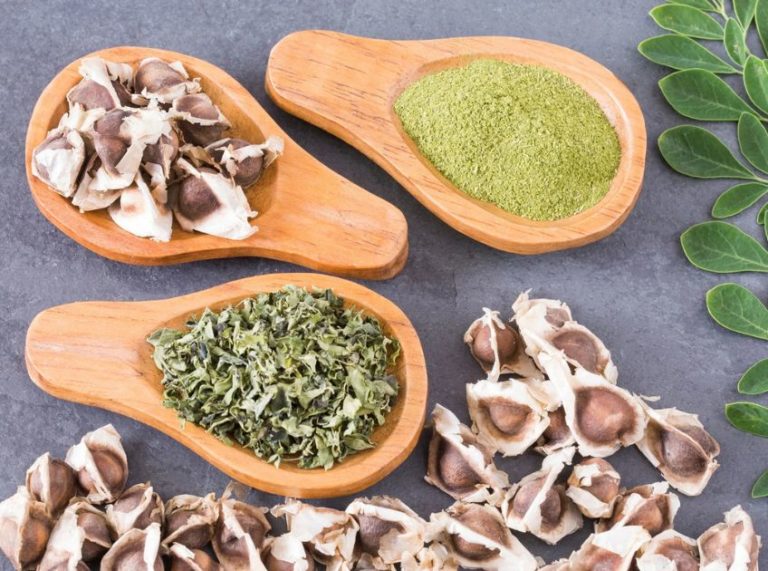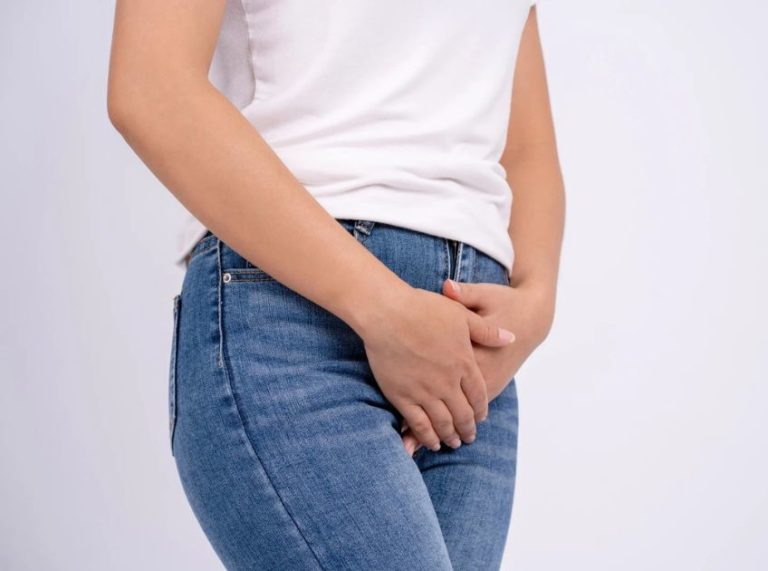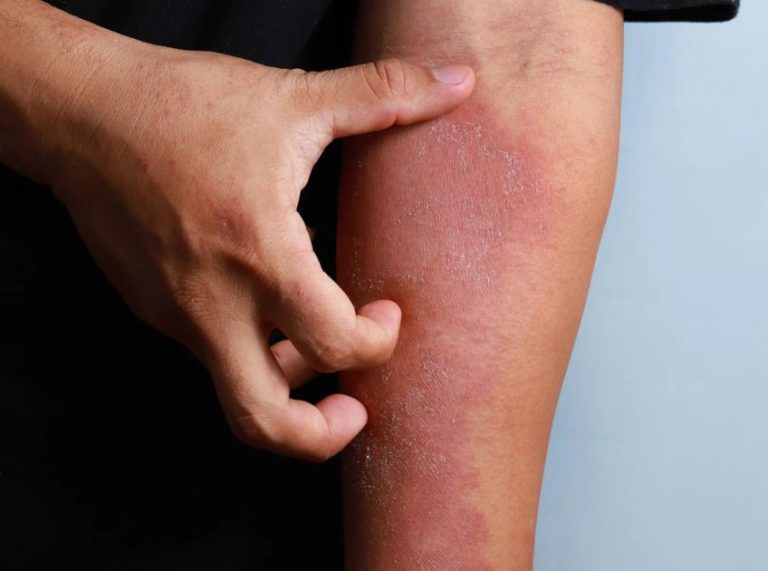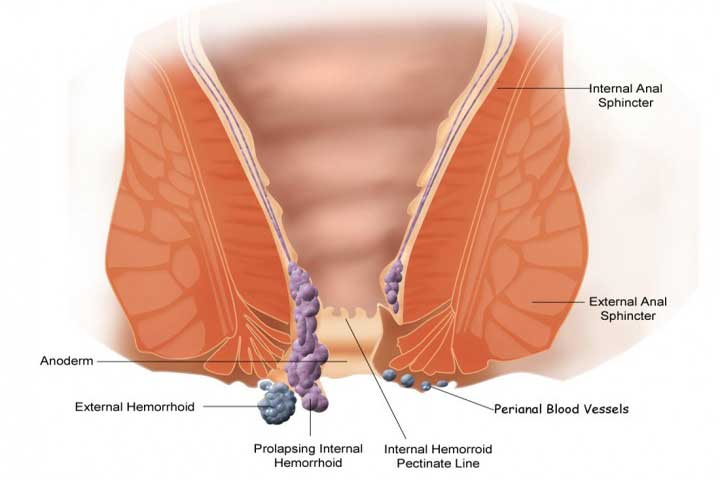
Important: This article is for informational purposes only. Please read our full disclaimer for more details.
You must have vaguely heard of the term hemorrhoids and must have wondered what exactly is it. Well, in layman’s language it is called as piles. Did that light up a bulb in your head? Though piles is commonly heard not many know what piles is. Also it is important to know what causes it, what are the symptoms and how can it be cured.
Scrunching up your nose whenever someone says piles or hemorrhoids is not going to work out for you people. You have to let go of your inhibitions and gain complete information on this because you never know when you or someone you know will be affected with this painful yet curable illness.
Hemorrhoids – What Is It?
The clumps of blood vessels in your rectum region are called as hemorrhoids and they are located above the anus; right at the lowest level of your rectum region. When these hemorrhoid veins get swollen, it means that you are suffering from piles. Hemorrhoids can be classified as:
1. External Hemorrhoids
Located under the skin surrounding the anus, external hemorrhoids can be detected when they swell and cause pain, itching or bleeding. Sometimes while passing stool, the external hemorrhoids might protrude outside. These protruded external hemorrhoids can lead to a condition called thrombosis which means you have blood clots in your hemorrhoids.
2. Internal Hemorrhoids
Usually you won’t be able to feel the internal hemorrhoids unless they are quite enlarged since they are placed in your rectum’s inside lining. They are in general painless and can be detected when you have bleeding during your bowel movement. There are times when the internal hemorrhoids can also protrude outside your anus and this will cause a lot of discomfort and pain. Usually they go back inside on their own, however if that is not the case, then you can gently push them back inside too.
Are You Suffering From Hemorrhoids?
So when do we really start paying attention to whether we have hemorrhoids or not? When you notice the below signs and symptoms, it is safe to conclude that you are suffering from a case of hemorrhoids.
- If you have bleeding while passing stool.
- If you notice that your anal area has swelled up.
- If you have pain, irritation or itchiness in your anal area.
- If you can feel a lump in the anus.
- If you have a lump protruding out of your anal area.
- Leaky feces.
- If you have a painful bowel movement.
All the above signs are clear indications of you suffering from hemorrhoids. Though internal hemorrhoids are nothing to worry about since you would hardly feel it, the external hemorrhoids can be quite painful due to the blood clots. Read on to know the causes for hemorrhoids:
- Genes can be one of the reasons since it can be a hereditary problem.
- Anal intercourse
- During pregnancy
- Constipation or diarrhea
- Spending excess amount of time on the toilet seat
- Obesity
- Aging process
Now that we know what to look out for, let’s see how to get rid of it. We have listed out 8 home remedies for you which can not only help in getting rid of the hemorrhoids but also help in preventing them from developing in the future.
Home Remedies To Cure Hemorrhoide
1. Ice Pack
To reduce the swelling and get some instant relief from the pain, use an ice pack on the affected area as many times as possible during the day.
2. Cotton Undergarments
Extra moisture can aggravate the hemorrhoids, so we suggest you opt for loose cotton undergarments as it will stop the moisture as well as air out the area well.
3. Sitz Bath
Fill you tub with some warm water and sit down in a few inches of that water for about 15-20 minutes everyday. It would be even more effective in bring down the inflammation if you do this thrice a day.
Also remember to always pat dry your anal area after the bath so that there is less scope for irritation in that area.
4. Proper Diet
A good dietary fiber is what your hemorrhoids-ailing body needs. So ensure that you keep an eye on what you are eating. You can increase the intake of the below food items:
- Oatmeal
- Bran
- Carrots
- Pears
- Whole wheat
- Buckwheat
- Brown rice
All the above food items can also help in preventing hemorrhoids in the future. They will also make your stools soft which will make it easier to move them through your body. But ensure that you don’t go overboard with it as excess fiber can lead to gas troubles.
5. Toilet Papers
If you have the practice of using toilet papers, then we suggest you make some minor changes to your toilet paper like – buying toilet papers which are softer, using damp toilet paper, etc., since a dry and rough toilet paper can make your hemorrhoids worse. It can lead to unnecessary increase in itching and irritation.
6. Let It Go
If you have an urge to visit the bathroom, then you need to go immediately. Holding it in will only increase the pressure and will result in pain and discomfort. You don’t really have to wait for the best time to relieve yourself.
7. Fluids It Is
Drink, drink and drink more. Having fluids is one of the best ways to soften the stools, which then becomes easier to pass through. Though you can have fresh fruit juices, we think water is the best fluid ever. So carry that bottle of water with you everywhere!
8. Exercise
Get up from that couch and go out! A 20-30 minutes of exercising can make a huge difference. You don’t really have to be a fitness freak. Just a brisk walk everyday will also do.
There you have it – the what, when and how on haemorrhoid. We hope you never have to go through this painful illness, but if you do then we really hope that this article helps you in taking care of your problem.
You Might Also Like:
- How to Use Epsom Salt to Relieve Hemorrhoids?
- 20 Amazing Benefits And Uses of Buckwheat
- 8 Effective Ways to Treat Hemorrhoids Fast with Witch Hazel
- 8 Simple Ways to Get Rid of Hemorrhoids Fast with Coconut Oil
- How to Detoxify your Liver With Apple Cider Vinegar
